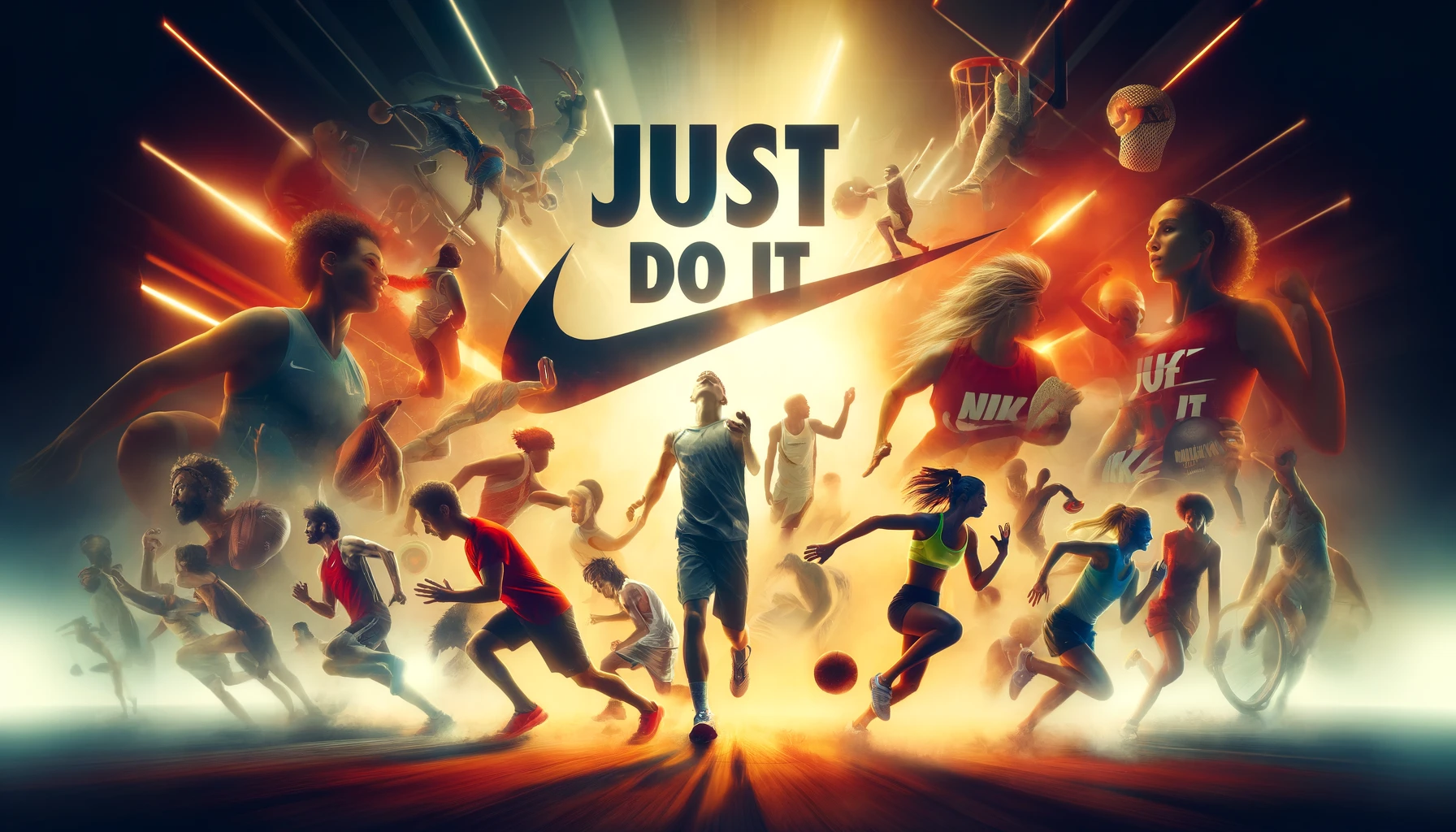Unlock the secrets of visual content marketing to boost engagement and conversions. Explore practical engagement strategies and master visual storytelling to captivate your audience and enhance your brand’s impact.
Key Takeaways:
- Visual Impact: Discover the compelling power of visuals in marketing and how they can instantly attract and retain audience attention.
- Engagement Boosters: Learn specific strategies to harness visual content for increased user engagement and stronger customer connections.
- Storytelling Mastery: Explore how to craft impactful visual stories that resonate emotionally and drive conversions.
- Implementation Guide: Gain practical tips on effectively incorporating visual content into your marketing strategy to maximize results.
- Avoiding Mistakes: Understand common pitfalls in visual content marketing and how to sidestep them to maintain credibility and effectiveness.
Table of Contents
Introduction
Have you ever paused on an article or an ad just because the image captivated you? That moment of pause is the power of visual content at work. In a world where our feeds are inundated with information, visuals cut through the noise, sparking curiosity and engagement at a glance.
This isn’t just about looking good; it’s about strategic communication that captures and holds attention in a crowded marketplace. How can visuals not only attract but also retain audience interest, ultimately leading to conversion?
This blog explores the undeniable impact of visual content marketing, offering actionable insights on using this dynamic tool to transform your business engagement and storytelling strategies. Dive in to learn how visuals can be your secret weapon in captivating your audience and enhancing your marketing effectiveness.
The Power of Visuals in Marketing
The Science of Visual Processing
Humans are wired to process visual information much faster than text. Studies suggest that the human brain processes images 60,000 times faster than text, and 90% of the information transmitted to the brain is visual.
This biological predisposition means that visuals can communicate a message more efficiently and create a quicker emotional connection with the audience. Using visuals in marketing takes advantage of this by allowing businesses to convey their messages swiftly and effectively, making it an essential strategy for capturing consumer attention in a split second.
Case Studies: Successful Visual Marketing Campaigns
Nike’s Just Do It Campaign: Nike’s iconic campaign utilizes powerful imagery and minimal text to evoke emotions of determination and resilience. The simplicity of the visuals, combined with motivational themes, creates an immediate connection with athletes and individuals aspiring to push their limits.

Airbnb’s Live There Campaign: Airbnb uses beautiful images of unique homes and breathtaking locales to sell not just a place to stay but an experience. Their campaign successfully captures the essence of local travel, encouraging viewers to imagine themselves in the homes of real people around the world, which significantly boosted their engagement and bookings.
Coca-Cola’s Share a Coke Campaign: By personalizing bottles with people’s names and displaying these in vibrant, eye-catching visuals, Coca-Cola created a personal and emotional connection with consumers. This visual personalization led to widespread sharing across social media platforms, significantly increasing their market engagement and consumer interaction.
These case studies demonstrate that when visuals are used effectively, they can significantly enhance brand recognition, emotional connection, and ultimately, consumer action. By analyzing these examples, businesses can learn how to craft their visual marketing strategies to capture attention, evoke emotions, and drive engagement.
Crafting Compelling Visual Stories
Elements of a Strong Visual Narrative
Creating a compelling visual narrative involves more than just choosing attractive images. It’s about telling a story that resonates with your audience, aligning with their values, experiences, and desires. Here are some key elements to consider when crafting your visual story:
- Consistency: Your visuals should maintain a consistent style and quality across all platforms. This consistency helps build brand recognition and trust.
- Relevance: Each image should clearly relate to your message or story. Irrelevant visuals can confuse the audience and dilute your message.
- Emotion: Good visual content evokes emotion. Whether it’s happiness, sadness, excitement, or nostalgia, emotional content can make a lasting impact and drive engagement.
- Simplicity: Avoid cluttering your visuals with too much information. A simple, clear image often has more impact than a crowded, complex one.
- Call to Action: Visuals should include a subtle yet effective call to action, guiding viewers on what to do next, whether it’s visiting a website, signing up for a newsletter, or making a purchase.

Tools and Platforms for Creating Visuals
Even small businesses can produce high-quality visuals without a hefty budget. Several tools and platforms make it easy to create eye-catching graphics, videos, and animations. Here are some highly recommended options:
- Canva: Ideal for creating social media graphics, posters, and other marketing materials with pre-made templates and simple drag-and-drop features.
- Adobe Spark: Offers tools for web and mobile that allow you to create videos, web pages, and graphics. Its focus on visual storytelling makes it a great choice for crafting narrative content.
- PicMonkey: A user-friendly tool for editing photos, creating designs, and building collages, which can be especially useful for visual branding.
- Unsplash and Pexels: These platforms provide high-quality, royalty-free images that can be used to enhance your visual content without the cost of hiring a professional photographer.
By leveraging these elements and tools, you can create visual stories that not only look great but also connect with and convert your target audience, making your visual content marketing efforts more effective and memorable.
Practical Steps to Implement Visual Content Marketing
Planning Your Visual Content Strategy
To effectively implement visual content marketing, you need a well-thought-out strategy that aligns with your business goals and appeals to your target audience. Here’s a step-by-step guide to planning your visual content strategy:
- Define Your Objectives: What do you want to achieve with your visual content? Whether it’s increasing brand awareness, boosting engagement, or driving sales, having clear objectives will guide your content creation.
- Understand Your Audience: Know who your audience is, what they like, what they need, and how they consume content. This understanding will help you create visuals that resonate with them.
- Choose the Right Channels: Depending on your audience, decide which platforms are most effective for sharing your visual content. Instagram, Pinterest, and YouTube are great for visual and video content, while Facebook and Twitter can also be effective depending on your audience demographics.
- Develop a Content Calendar: Plan your visual content in advance. A content calendar helps you organize the timing of your posts to match key dates or events relevant to your audience.
- Create and Curate Visual Content: Produce your own visuals and augment them with high-quality curated images that align with your brand. This mix can help maintain a fresh and appealing content stream without overstretching your budget.
Measuring Success and Making Adjustments
It’s crucial to track the performance of your visual content to see if it meets your goals. Here are key metrics to monitor:
- Engagement Rates: Likes, shares, comments, and time spent on content can indicate how well your visuals are resonating with your audience.
- Traffic: Monitor the traffic driven to your website or social media pages from visual content to understand its effectiveness in attracting viewers.
- Conversion Rates: Track how many leads or sales are generated from the visual content to gauge its impact on your bottom line.
- Audience Growth: Observe changes in your follower counts to assess how visuals are helping in attracting new audience members.
Use analytics tools provided by social media platforms, along with Google Analytics, to gather and analyze these metrics. If certain types of visuals or platforms aren’t performing well, don’t hesitate to tweak your strategy. Testing different types of visual content and noting audience response will help you refine your approach and achieve better results.
By following these practical steps, you can implement a visual content marketing strategy that not only engages but also converts, driving your business goals forward effectively.
Conclusion
Visual content marketing is not just a trend but a fundamental shift in how we engage with audiences in the digital age. The power of an image, video, or infographic to tell a story and evoke an emotional response can be the difference between a potential customer scrolling past or stopping to engage with your brand. The strategies discussed here provide a framework for harnessing this power effectively.
Remember, the key to successful visual content marketing lies in understanding your audience deeply, crafting visuals that resonate on an emotional level, and consistently delivering high-quality content. By focusing on creating compelling visual narratives, using the right tools, and continuously measuring and refining your approach, you can build a strong visual presence that captivates and converts.
Embrace visual content as a core part of your marketing strategy. Encourage your team to think visually about every piece of content they produce. Experiment with different formats and platforms to find what works best for your audience and objectives. And always keep the lines of communication open with your audience, seeking feedback to improve and adapt your approach.
Visual content marketing is an exciting journey, one that allows you to connect with your audience in dynamic and impactful ways. By implementing the tips and strategies shared, you are well on your way to crafting a visual marketing landscape that not only looks appealing but also delivers tangible results and fosters lasting relationships with your audience.
Have you tried implementing any of these visual content strategies in your marketing efforts? Share your experiences, tips, or questions in the comments below. We love hearing from you and learning how visual content is making a difference in your business!
FAQs
Q1: How often should I post visual content on social media?
A1: It depends on your audience and platform, but consistency is key. Analyze your engagement rates to determine the optimal posting frequency.
Q2: Can small businesses compete with larger ones in visual content marketing?
A2: Absolutely! With creative ideas and the right tools, small businesses can create compelling visuals that resonate deeply with their audience.
Q3: What is the best way to measure the effectiveness of my visual content?
A3: Use analytics tools to track engagement, conversions, and audience growth. Adjust your strategy based on these insights to improve effectiveness.
Q4: How can I create visuals if I don’t have a big budget?
A4: Utilize free or low-cost graphic design tools like Canva or Adobe Spark, which offer many resources to create high-quality visuals without a significant investment.
Q5: What types of visual content work best for engaging audiences?
A5: This varies by audience and industry, but generally, videos, infographics, and high-quality images are highly effective at capturing attention and encouraging engagement.
